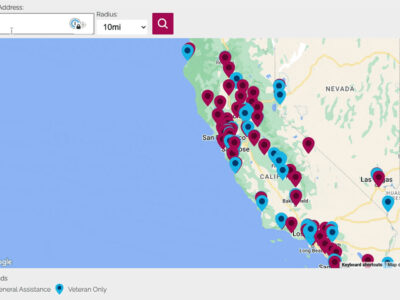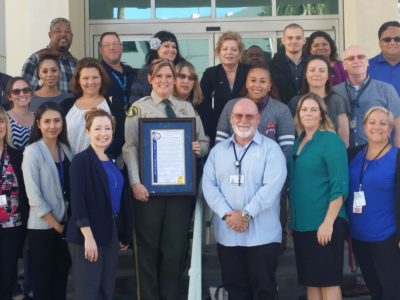An independent report from the Urban Institute has concluded that the 100,000 Homes Campaign made a “major impact on the national fight to end homelessness.” The report also found that communities that adopted the Campaign’s core interventions experienced greater reductions in homelessness than their peers. Built around an ambitious national goal (100,000 people housed) and a public deadline (July 2014), the national movement, coordinated by Community Solutions, ended last July after helping 186 US communities house 105,580 medically vulnerable and chronically homeless Americans in just four years.
“The urgency and enthusiasm the Campaign generated was palpable,” said Josh Leopold, Research Associate at the Urban Institute and co-author of the report. “A single, shared goal and rigorous performance measurement focused the attention of people and systems around the country. Participating communities saw a significant increase in the rate at which they secured permanent housing for vulnerable, homeless residents. They also saw greater reductions in homelessness among key groups than non-participating communities.”
To assess the Campaign’s impact, the Urban Institute drew on monthly housing performance data from participating communities, surveys with community leaders, national data on homelessness reported annually to HUD, and interviews with Campaign staff, partners and funders.
The report found that communities participating in the Campaign achieved greater reductions in unsheltered, veteran and chronic homelessness than non-participating communities. Over the life of the Campaign, the average community saw a 262 percent increase in the portion of its homeless neighbors housed each month. A majority reported that the Campaign helped them prioritize medically vulnerable and chronically homeless people for limited housing and service resources, rather than distributing these resources on a traditional first-come-first-served basis. Additionally, more than one third of communities said that participation in the Campaign helped them secure new financial resources to end homelessness.
Several of the Campaign’s core strategies were associated with greater reductions in homelessness, including:
- Transparent, monthly tracking and reporting
- Communities that publicly tracked the number of people moving into housing each month against predetermined monthly targets on the Campaign’s website saw significantly greater reductions in homelessness than communities that neglected this measurement-based approach.
- Registry weeks
- Communities that completed a registry week, in which volunteers canvass local streets after dark to survey and document every person experiencing homelessness by-name, saw chronic homelessness decline by 26 percent, while those who did not complete registry weeks saw reductions of only one percent.
The report’s lessons are significant and timely as communities across the country strive to meet the federal goal of ending veteran homelessness by the end of 2015 and then push on to end chronic homelessness soon after. The Campaign’s success demonstrates how a variety of disparate and overlapping entities can work together to achieve that goal.
In January, Community Solutions launched a follow-on to the 100,000 Homes Campaign, called Zero: 2016, to help 71 communities end veteran homelessness this year and end chronic homelessness by the end of next year. That same month, New Orleans, a 100,000 Homes Campaign and Zero: 2016 participant, became the first major city in America to end veteran homelessness, proving that such a goal is possible. Community Solutions is also working with groups in Canada, Australia and Western Europe to help launch campaign-style interventions to end homelessness in those regions.
“This report couldn’t come at a better time,” said Beth Sandor, Director of Zero: 2016 for Community Solutions. “It confirms clear, actionable steps that communities can take as they work to end veteran and chronic homelessness in the next two years. Those steps include knowing everyone on your streets by name, prioritizing the most chronic and vulnerable for immediate housing help, and tracking your monthly housing performance against clear goals.”




